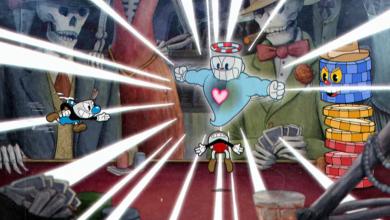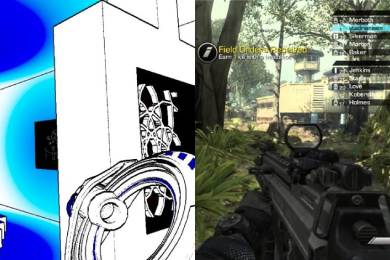Indie games are games created by independent developers. Indie games are often based on niche genres and explore settings that mainstream audiences may not gel with.
Indie games are games that are developed by individual developers or small teams without the support of a large publisher or company. In contrast to traditional publishers, indie games tend to be sold through digital distribution channels, without the help of a publisher.
But, what about games that are already released?
An indie game may not be considered an indie game to some when they are sold to larger companies and are continued to be developed. A good example of this type of game is Minecraft. While it started and remained an indie game for quite some time, many no longer consider it an indie game when it was sold to Microsoft; where they continue to update and maintain it.
Indie Games Are Created by Individual Developers
Indie games are games that are created by individual developers or a very small team, instead of a larger game company. These games don’t have the same resources as a large game company, but they are more likely to be more innovative because they do not have restrictions that investors or publishers may have.
Many indie games focus on a single aspect, such as gorgeous graphics or a unique gameplay mechanic. Others are more emotionally charged, with intriguing stories or characters.
For example, the indie platformer GRIS has been praised for its unique visual style. Many have even called it one of the most beautiful games of all time.
The main difference between indie games and sponsored games is that independent developers do not have the backing or team of a publisher. They do not have the money or support to hire a team of people to work on their project (or simply do not want it!).
Consequently, they can put the idea before profit. Ultimately, this can lead to a better quality game.
They Have a Complex Storyline
It is common for Indie developers to want to include a storyline in their games. But, not every game needs a complex storyline. And if you try to apply a plot to a game with no storyline, you will probably end up in trouble. A plot is a set of connected events that lead to a particular conclusion.
Another example of a game that has a complex storyline is Close Your Eyes. This indie horror game takes place in the year 2057. The player character learns basic human functions and is confronted with a gruesome murder. The game features bizarre dreamscapes and symbolism.
Graphics
Triple-A games are developed with large budgets and feature a large art team. They also usually feature high-end graphics and unique mechanics. A big budget will also mean a dedicated art team, including concept artists, 2D artists, texture artists, 3D modelers, and animators. These games will have plenty of content and may even include a franchise.
However, this also means that experimentation with art or unique graphics that differ from the norm may be too risky to try. A triple-A game will have to follow a formula that has already been proven to work, which limits their creative freedom.

This opens up opportunities for Indie games to create something truly unique. For instance, Cuphead had all of its graphics and animations hand-drawn, and the backgrounds were painted using watercolors!
They Need a Marketing Budget
The term “indie game” refers to a game that is developed by a small independent developer usually without outside financial influence. In contrast to AAA titles, indie games are often developed by smaller teams. This allows them to be more diverse and allows for niche ideas.
Indies also have the advantage of being able to take risks and innovate with fewer resources. A triple-A studio will usually have a deadline they are trying to hit so they will need to rely on what already works, instead of trying something new which could cause delays.
Indie developers must learn how to reach their audience. While demographic data can help them understand the needs of their players, they must also learn where to find them. Understanding where players hang out will help them connect with them and stand out. It’s important to remember that most people don’t act with intent.
Conclusion
Indie games are games that are developed by individual developers or small teams without the support of a large publisher or company. Indie games have the liberty of not being tied to investors or publisher deadlines which means they are able to be as creative as they want and take the time needed to make a polished unique gaming experience.
A game is sometimes not considered to be indie anymore once it is sold to a large company that intends on releasing new versions of it in the future. An example of a game that has had this happen is Minecraft.



1 thought on “When is a Game No Longer An Indie Game?”
Comments are closed.